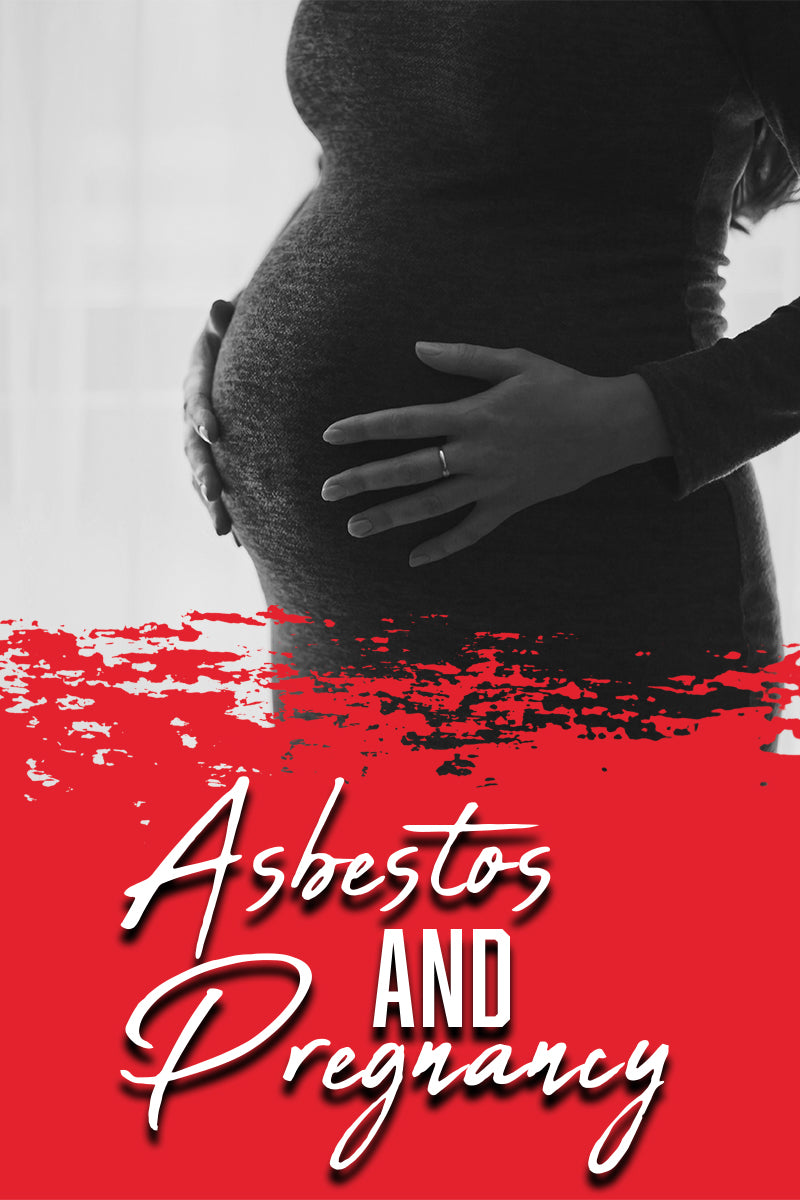
Asbestos Exposure While Pregnant
Asbestos exposure during pregnancy may subject the mother and the unborn child to health risks. The risk to the fetus is considered to be minimal, because asbestos fibers rarely enter the bloodstream.
The most important measure pregnant women can take to protect themselves and their unborn children is to avoid asbestos exposure. This can prove challenging because most people who are exposed to asbestos do not experience symptoms and may be unaware when such exposure occurs.
Can asbestos fibers reach the fetus?
A growing fetus relies on the placenta to deliver nutrients from the mother’s bloodstream, according to the Mayo Clinic. If the mother’s blood contains asbestos, then the asbestos fibers could theoretically be able to cross the placenta and enter the baby’s bloodstream.
However, the Agency for Toxic Substances and Disease Registry has found that this is highly unlikely. It is rare for asbestos fibers to enter the bloodstream, and even if they do, they may not necessarily cross the placenta. Some fibers are not small enough to do so.
Risks to the Unborn Child if Asbestos Crosses the Placenta
Although it’s usually considered to be unlikely, asbestos may enter the bloodstream, cross the placenta, and impact the fetus. If a fetus survives asbestos exposure in utero, the child may be born with an increased lifetime risk of developing an asbestos-related illness.
However, the rarity of this scenario creates challenges in completing definitive studies. The few studies that have been completed demonstrate that prenatal asbestos exposure can have detrimental health consequences after the child leaves the womb.
For more information: READ ENTIRE ARTICLE
